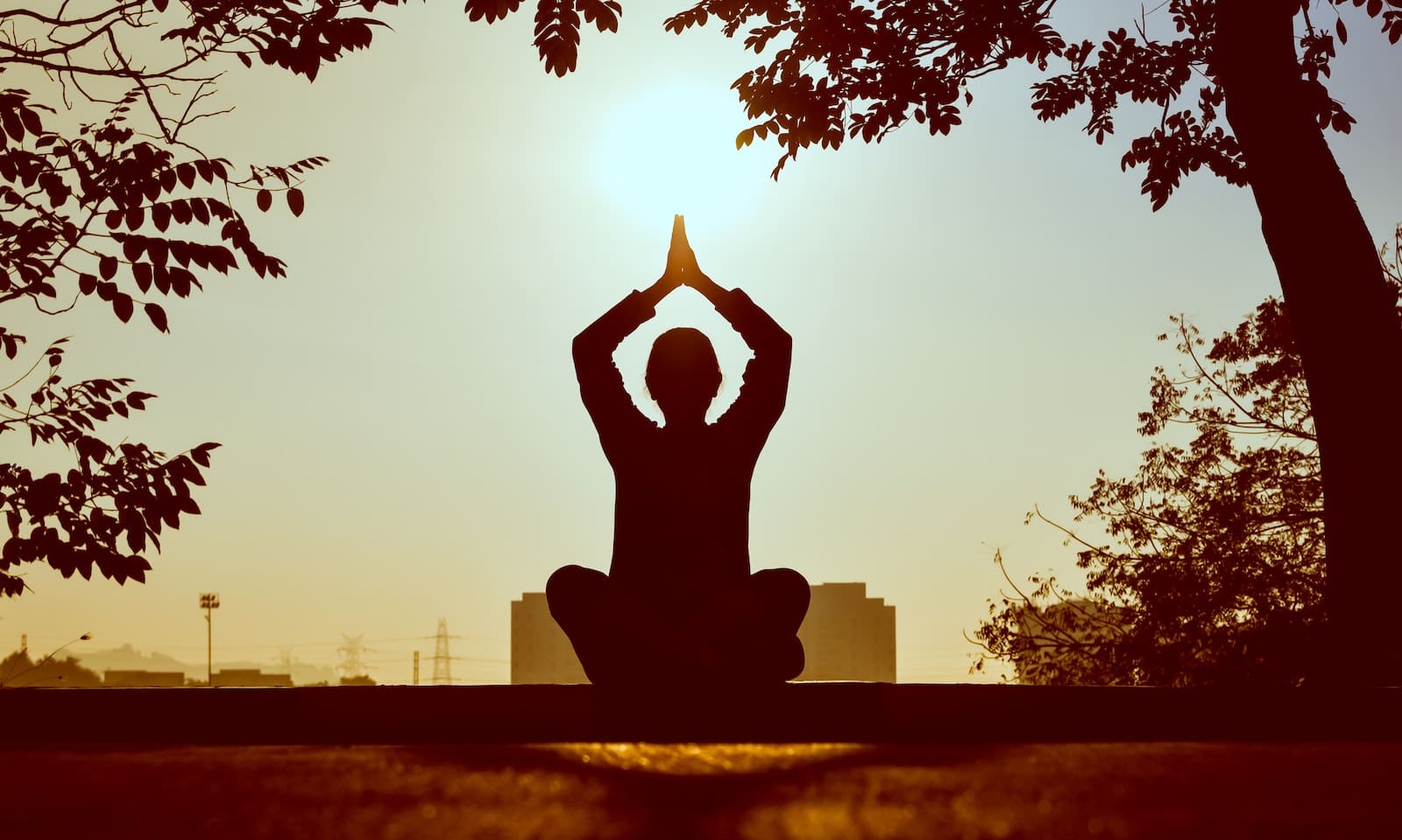Stress can be seen everywhere today. Almost everyone wants to escape their anxiety and depression. It is here that the search for happiness and peace begins.
When seeking this much-needed stabilization of the mind, many people stumble upon the idea of yoga. They become skeptical and blur the distinction between Hinduism and yoga.
Hinduism and yoga are interconnected through the Vedas, one of the earliest scriptures on earth.
Key Takeaways
- Hinduism is a major world religion, while Yoga is a spiritual and physical practice rooted in Hinduism.
- Hinduism encompasses many beliefs, rituals, and practices, whereas Yoga focuses on self-realization and inner peace.
- Yoga has been adopted by people of various faiths and cultures, whereas Hinduism remains primarily practiced by Hindus.
Hinduism vs Yoga
Hinduism is one of the world’s oldest religions, with diverse beliefs, practices, and traditions, worshipping various deities. Yoga is a spiritual practice that originated in ancient India, encompassing physical postures (asanas), breath control (pranayama), and meditation techniques.

Around the world, Hinduism is followed by millions of people. The major religion in the world, Hinduism, has neither a founder nor a single scripture for its followers to follow.
There is a great deal of focus in Hinduism on the concept of believing in God, a theme that appears repeatedly in several of its scriptures.
Yoga is a physical process practiced by many people across the globe for a variety of different purposes, such as mental stability, physical fitness, and mental peace.
It consists of asanas, or postures, that are done for physical and mental well-being. The benefits of yoga transcend religion, and anyone can practice it without any problems.
Comparison Table
| Parameters of Comparison | Hinduism | Yoga |
|---|---|---|
| Definition | Hinduism is a religion that has many disciples all around the world. | Yoga is a physical practice, followed by millions around the world. |
| Practices followed | Practices like puja, bhakti, prayers, and bhajans are performed. | Practices like mediation, deep breathing, and asanas are followed. |
| Benefits | Beneficial for the mind. | Beneficial for both mind and body. |
| Followed by | Can be followed by only a certain set of people. | Can be followed by anyone who desires so. |
| Taught by | Can only be taught by certain individuals, known as sadhus or gurus. | Can be taught by anyone educated enough in this field. |
What is Hinduism?
India is the homeland of Hinduism. This is the third most popular religion in the world. The Hindu religion is the third most popular religion in the world.
Hinduism originated in the valley of the Indus River in northwest India and Pakistan. Indian derives its name from the Sanskrit word Sindhu, which translates to the river.
The Indus River that runs through northwest India into Pakistan was named after the Sanskrit word Sindhu. A mispronunciation of the Sanskrit Sindhu led the Persians to identify the land surrounding the Indus River as Hindu.
It has sacred texts written in Sanskrit and vernacular languages. It also sent missionaries to other parts of the world to spread its teachings.
However, it also played a significant role in transmission through ritual and visual and performing arts.
There is no organized religious structure in Hinduism. All of the variations of religion share the belief in one god and that no one is above Him. Its disciples are committed to the concepts of Dharma, Truth, and Karma. Among Hindus, these beliefs are prevalent:
- Truth endures forever.
- Brahman is the essence of reality.
- Vedas have absolute power.
- Dharma is the path to happiness.
- Every soul has immortality.
- Moksha is the goal.
Hindus follow several practices. The markings on the forehead, participating in seasonal Hindu festivals, performing life cycle rituals, adopting a special diet, and visiting temples and holy places are a few examples.

What is Yoga?
Yuj means “yoke” in Sanskrit, which is the root of yoga. It represents the realization that the mind, the soul, and the body are the same. Over 5,000 years ago, the roots of yoga were found in northern India.
A sacred text called the Rig Veda first mentions the word yoga. Four ancient Sanskrit sacred texts make up the Vedas.
It is said that chakras are energy centers, centers for thoughts, feelings, and points of the physical body.
If it triggers physical, mental, or emotional imbalances, a blocked chakra can cause anxiety, depression, or mental instability.
Yoga practitioners use asanas to free energy and stimulate an imbalanced chakra.
Yoga provides several physical and mental benefits, including:
- Strengthening muscles
- Flexibility enhancement
- Promoting healthy breathing
- Keeping the heart-healthy
- Aiding in the treatment of addiction
- Stress reduction, anxiety reduction, depression reduction, and chronic pain reduction
- Getting better sleep
- Improving overall well-being and life quality
When pregnant or suffering from an ongoing medical condition, a person should consult a healthcare professional before beginning yoga.
Certain yoga poses may be risky for some people, so they may need to modify them or avoid them. Beginners should avoid advanced poses and difficult breathing techniques.
Yoga should not be used in place of conventional medical care when managing a condition or to delay seeking medical attention when experiencing pain or other medical problems.

Main Differences Between Hinduism and Yoga
- Hinduism is a religion that has millions of followers around the world, but Yoga is merely a way to remain physically and mentally fit.
- Hinduism followers perform rituals such as pujas, bhakti, and bhajans, while yoga practitioners practice asanas, deep breathing, and meditation.
- Following Hinduism brings satisfaction to the mind, but practicing yoga also brings peace to the mind and body.
- Being a religion, Hinduism is followed by a certain section of society, whereas yoga is accessible to everyone regardless of religion.
- Sadhus and gurus are the only qualified individuals who can preach Hinduism, while anyone can teach yoga.




